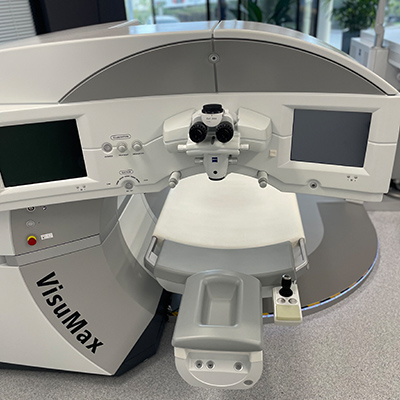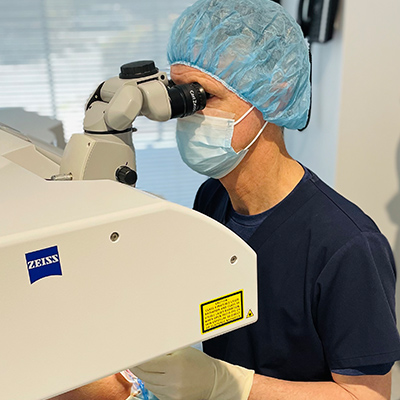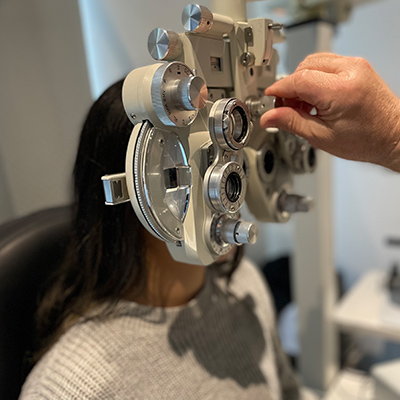5 Tips on How To Prevent Diabetic Eye Disease
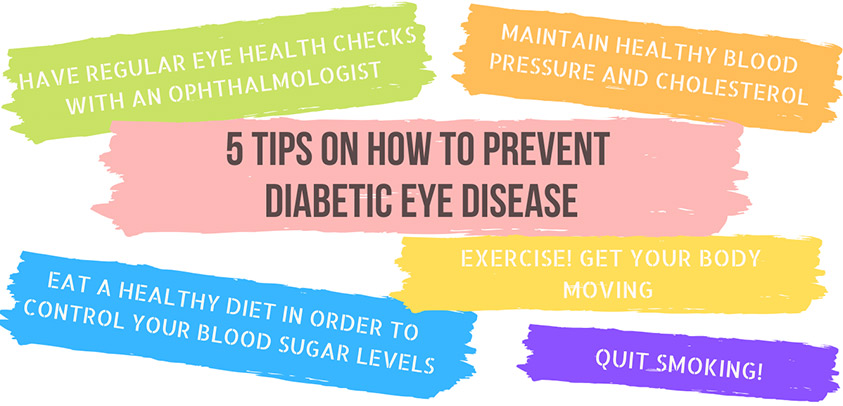
1.7 MILLION.
That’s how many people in Australia have diabetes. 1.2 million of these are known and registered.
100,000+.
That’s how many Australians have been diagnosed with diabetes in the last 1 year alone.
 Please let that information sink in for a moment.
Please let that information sink in for a moment.
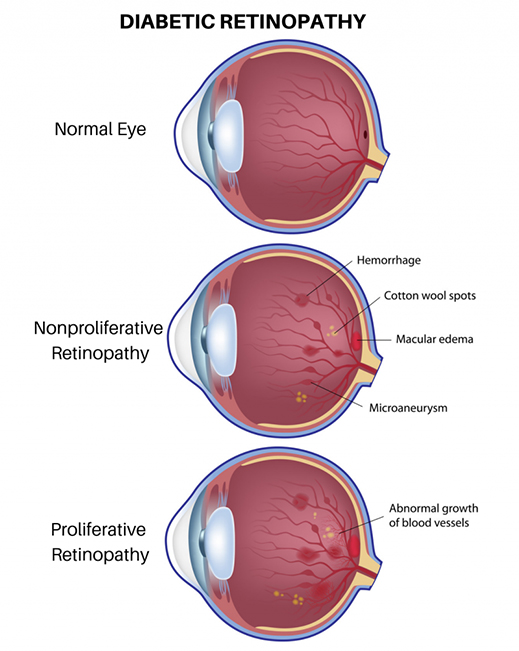 Between 25% and 35% of Australians report some form of diabetic retinopathy. Diabetic Retinopathy occurs when changes in blood glucose levels cause changes in retinal blood vessels. In some cases, these vessels will swell up (macular oedema) and leak fluid into the rear of the eye. In other cases, abnormal blood vessels will grow on the surface of the retina and unless treated, diabetic retinopathy can gradually become more serious and progress from ‘background retinopathy’ to seriously affecting vision and can lead to blindness.
Between 25% and 35% of Australians report some form of diabetic retinopathy. Diabetic Retinopathy occurs when changes in blood glucose levels cause changes in retinal blood vessels. In some cases, these vessels will swell up (macular oedema) and leak fluid into the rear of the eye. In other cases, abnormal blood vessels will grow on the surface of the retina and unless treated, diabetic retinopathy can gradually become more serious and progress from ‘background retinopathy’ to seriously affecting vision and can lead to blindness.
5 Tips on How to Prevent Diabetic Eye Disease
1. Have regular eye health checks with an Ophthalmologist
Often, the early stages of diabetic retinopathy have no symptoms at all. Once a year, you should visit an Optometrist or Ophthalmologist who might dilate your pupils in order to check the retina at the back of your eye (dilation not always required with modern technology and methods).
Early detection is important in order to manage the symptoms and to help avoid potential vision loss and rapid progression.
2. Maintain healthy blood pressure and cholesterol
Studies show that, apart from hyperglycemia, retinopathy is associated with blood pressure, lipid concentrations (high cholesterol), and BMI.
The U.K. Prospective Diabetes Study (UKPDS) has shown that intensive blood pressure treatment in hypertensive subjects with type 2 diabetes prevented or delayed progression of retinopathy. There are also indications that elevated serum lipid levels promote retinopathy and especially hard exudates (small white or yellowish white deposits in the outer layer of the retina).
3. Eat a healthy diet diabetic
Dietary fibre, oily fish, a Mediterranean diet and a reduced caloric intake are associated with lower risk of diabetic retinopathy. AVOID saturated and trans fats, sugar and salt.
As well as reducing the risk of retinopathy, a healthy diet will aid in weight management as well as lower blood pressure, improved cardiac function and overall general well being.
4. Exercise
30 min of moderate physical activity on most days of the week are recommended.
In the context of diabetes, it is becoming increasingly clear that the epidemic of type 2 diabetes sweeping the globe is associated with decreasing levels of activity and an increasing prevalence of obesity.
5. Do NOT smoke
Smoking can accelerate the development of diabetic retinopathy and make it worse.




